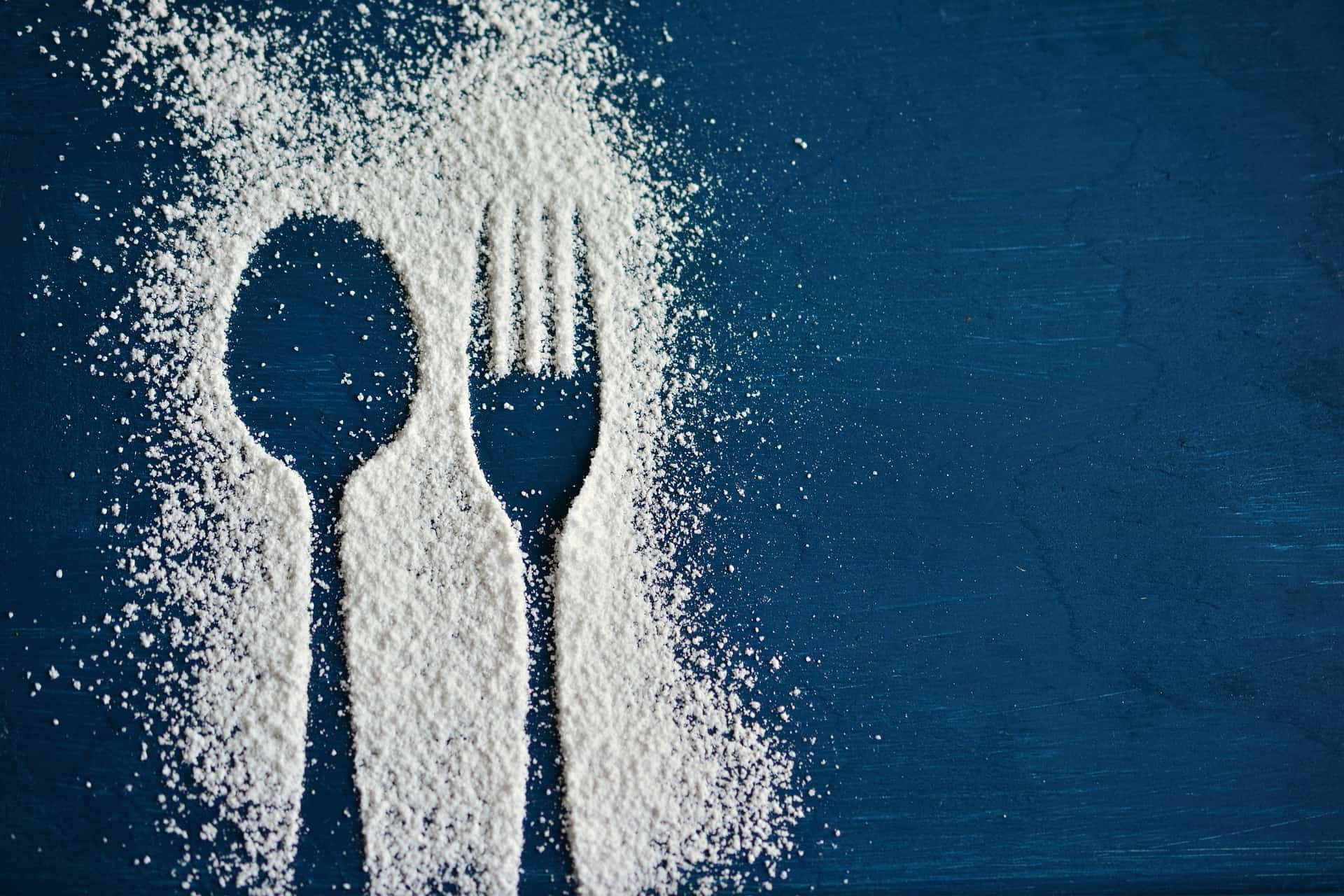
Remember in the last blog post, Diabetes and its Impact on High Blood Pressure, I mentioned that sugar molecules can bind with different protein molecules, such as the artery lining? Well, in addition to binding to the lining, the sugar molecules, can also bind to other proteins floating in the blood stream. This creates malformed molecules that are extremely sticky- picture molasses or honey. These new sugar-protein packages are now types of molecules that are now floating around your blood stream. They often will get stuck in the little arteries of the hands and feet, causing blockages there. Wait… that rings a bell… don’t diabetics often get polyneuropathy in their hands and feet?? This is often how. When these sticky molecules get stuck in these little passageways, blood can’t go through to supply the tissues, therefore these tissues, including the nerves, die.
How does cholesterol play a role in all of this. Remember when we talked about cholesterol and how there are two different forms of LDL: LDL-A and LDL-B. Well, those little pellet forms, LDL-A, are even more likely to be affected by the sugar due to their size and shape. Once these LDL’s bind with the the sugar, they become malformed and misshapen molecules that can cause small tears in the lining of the blood vessels. Now, as with any injury, the body responds by sending in the calvary – the immune system. Once the immune system arrives on the scene, it creates a focal area of inflammation to kill any invaders that try to pass through and bring in little particles to “plug the holes”. However, this “patch” that is formed pushes out into the hollow portion of the artery. This narrows the diameter of the artery, altering the normal dynamics of blood flow. As the body continues to pump the same amount of blood through this smaller opening, the pressure can’t help but increase. Thus being another cause of our symptom of high blood pressure.
Now, even if the little sticky fingers make it through the gamut of the circulation, they’re not out of the woods for causing trouble. They still have to fight the immune system. These new molecules that are made are foreign to our immune system. Though they can recognize each part individually- proteins and sugars, once they are molded together, they are no longer recognizable to our immune sensors. – therefore our little soldiers, the white blood cells, signal their war cry and the battle against our own tissues begins. This causes two major problems – 1) your body is now attacking itself, and 2) this further decreases the immune system’s response for when a true predator approaches, such as the bacteria found in pneumonia, urinary tract infections or hepatitis. So not only does the sugar affect the blood stream, but it also negatively impacts the immune system.
Let’s take a step back and define something: fructose. Now I know fructose may be a foreign word to some. So lets break it down. Table sugar, what most people have at home – is “sucrose”. Sucrose is 50% glucose and 50% fructose. Glucose is the sugar molecule that is often measured for identifying the amount of sugar that is in your blood. It is also an important player in your body’s ability to make energy. Fructose, which is fruit sugar, also can be metabolized for energy. However, it takes a different pathway. This brings us to a very important connection with the liver.
The liver is arguably one of the most important organs in our body. It has over 500 different functions, from detoxification and fat metabolism to hormone regulation and enzyme formation. Now, when we eat glucose, it goes into the blood stream and travels to the different muscle and tissue cells, right? This is not the case with fructose. Fructose gets a one-way ticket, do not pass go, to the liver. Now the liver can only do so much – I mean it has 500 jobs… so if it is continually being bogged down with with fructose, it will not be able to perform the other functions that are vital to health.
To make matters worse, though fructose is a sugar, the liver looks at it as fat. It is immediately metabolized as fat, and made into triglycerides. With excess consumption of this fructose, with no place to go, the fat continues to sit in the liver. Thus exchanging functional tissue, for fat. Not a very good trade, if I do say so myself. This creates the breeding ground that is the foundation for creating another tyrant of our day and age- fatty liver.

So, as you can see, sugar, especially fructose, can create havoc on many different tissues without our bodies. Since we can see this massive amount of destruction that sugar brings, we all should be able to cut it cold turkey and dedicate ourselves to being healthy, right? Well that’s where this is so unfair- sugar, which is so damaging to our bodies, is also extremely addicting. Some studies have said that sugar rivals cocaine in its addictive properties.
Therefore, you do the best you can to start removing sugar from your diet. However, it is important to not replace a match for a flame thrower. When you do consume sugar, make sure it is organic and “real”. Most things that claim they are “sugar free”, simply have artificial sweeteners that actually are an even greater danger to our bodies. Be honest with yourself, do the best you can, and celebrate your little victories.
